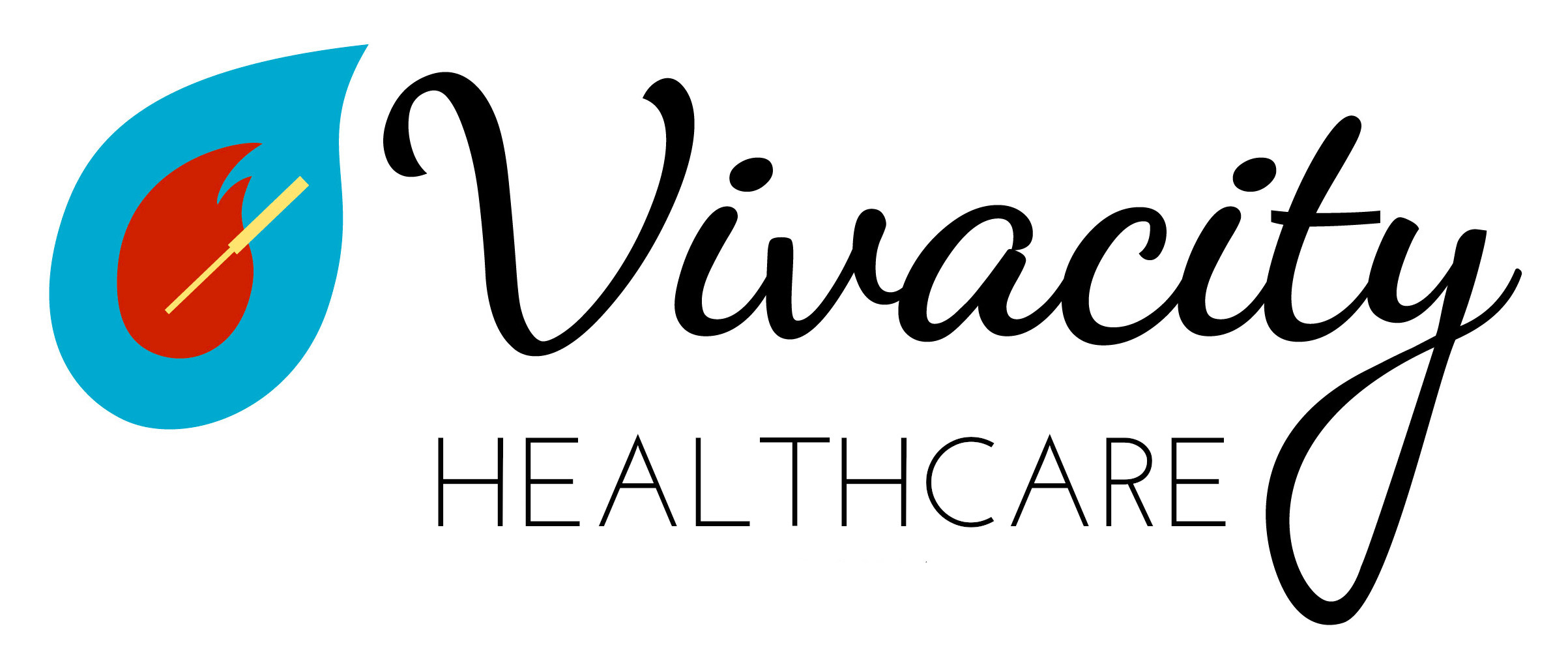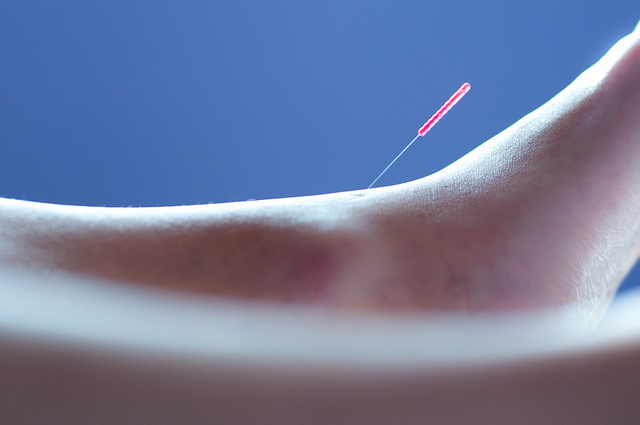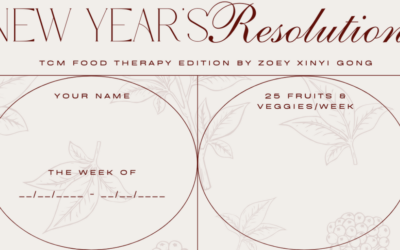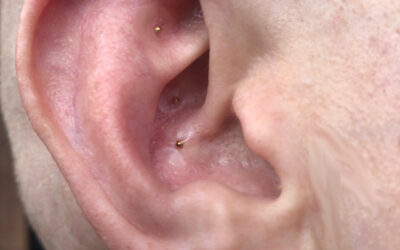Ten years ago I started one of the most impactful journeys in my life by entering the field of acupuncture. Over the years practicing here in NYC, I’ve encountered some common myths about acupuncture in the U.S. that are worth clearing up. If one of these kept you or someone you love from utilizing acupuncture, read on.
Myth 1: Acupuncture is an ancient Chinese tradition uninfluenced by modern medicine.
This is a bit of a misnomer because the medical systems of most East Asian countries evolved using acupuncture in distinct ways— unique points, various needling techniques and even differently made needles. Chinese acupuncture is what is commonly practiced in the United States primarily because the National Board exams that certify acupuncturists are based on Chinese acupuncture.
However, the main reason I chose to study acupuncture in NYC was educational opportunities with multiple top experts practicing much different forms of acupuncture. Of course, I learned Chinese acupuncture, but the two traditions I focused on in my studies are American Physical Acupuncture (APM) developed by Dr. Mark Seem based on French-Vietnamese tradition and modern biomedical research by Dr. Janet Travell, and Kiiko Matsumoto (KM) style Japanese acupuncture. Debunking some of the other myths will elucidate why APM and KM acupuncture are so useful.
Myth 2: Acupuncture is uncomfortable.
While some Chinese acupuncture techniques are akin to the ‘no pain, no gain’ mentality, Japanese acupuncture evolved refining techniques used so the patient feels little if anything during treatment. This is in part achieved by using thinner needles, making it an ideal form for patients who are nervous or uncomfortable with the achy sensations common in other traditions. There is even a Japanese form of e-stim or electro-acupuncture that tends to be more comfortable than other forms.
APM is the acupuncture equivalent of the physical therapy technique called “dry needling” [dry meaning no medicine inside the needles]. Because acupuncturists have hundreds of hours more in training in needle use than physical therapists, an acupuncturist performing these techniques is much more adept at making acupuncture a safer, more comfortable and effective form of dry needling. For example, because the treatment is more comfortable, we are able to obtain many more releases in one session than dry needling would yield. An acupuncturist is also better equipped to address any correspondent organ or neurological components of a condition, rather than only addressing symptoms at the muscular level. For instance, in a case of whiplash causing neck pain with some difficulty concentrating, an acupuncturist could incorporate points that improve brain function and concentration at the same time as relieving neck pain and tension.
Regardless of the type of acupuncture used, it is also reasonable to make requests that might make you more comfortable during treatment. For instance, because we have more sensory perception in the hands and feet, these points can often be more sensitive. If you have had certain points used before that were uncomfortable, you can request that those areas not be treated or your practitioner might be able to use a different method for more comfort. Another example is that the vast majority of people find ear points very relaxing, but they can have the opposite effect in a small percentage of people. If you had a negative experience when ear points were used, you can request that they not be used in your future treatments.
Myth 3: Acupuncture treatments utilize a prescription of points so each treatment for a certain condition will be the same.
Not only will treatments from different practitioners vary greatly based on their training and assessment of your condition, a given acupuncturist will likely change your treatment according to exactly how you feel that day and your goals. For instance, when I am working with athletes who have a particular event or competition coming up, we will tailor the treatment to optimize their performance and limit recovery time. Similarly, if you are having a stressful week or didn’t sleep well your acupuncturist can tailor the treatment accordingly rather than using a cookie-cutter approach. I’ll even use a 1 to 10 scale at times, where a patient can tell me they want a ’10’ treatment if they want to get as much as possible out of the treatment and a ‘2’ or ‘3’ if they would prefer a light touch up before a marathon the next morning.
If you tried acupuncture once or twice and found it uncomfortable or didn’t see a significant change, it is worth exploring another type of acupuncture! In the rare chance that I do not see notable results by the third treatment, I will change my approach. Often acupuncture yields significant change after just one treatment, particularly if the symptoms surfaced less than 6 months ago.
Myth 4: Acupuncture doesn’t work, or any effect can be attributed to the placebo effect.
In addition to a misconception that it will be painful or a cookie-cutter approach, another barrier to embracing acupuncture may be skepticism about its efficacy. My previous posts cover some of the connective tissue and brain imaging studies that prove how and why acupuncture works as well as beyond a shadow of a doubt the effects are not merely a placebo. Additionally, while using APM to relieve muscle tension, there will be visible and palpable movement in the muscles like a flutter so one does not need to be using high tech imaging in the treatment room to tell that acupuncture is having the desired effect.
KM acupuncture uses mainly acupuncture points that show in the moment that they relieve pressure pain on the area of the body that corresponds to the problem. Within a few seconds to 20 minutes maximum, the patient will feel a noticeable relief of pain or pressure in the area. This effect then enables us to treat more sensitive areas in a very comfortable way.
That being said, like any medical intervention, acupuncture is not a miracle. I never rule out a particular treatment after just one session, and it is worth committing to 3-5 sessions. If you did more than 5 treatments and did not see any shift it is a good idea to try a different type of acupuncture. Especially in chronic conditions where you have had the symptoms for 6 months or more, it is very rare that we don’t see significant results within that 3-5 treatment time frame, and most of the time we see results much sooner. If symptoms have only been present for a few months or less we can often resolve it in 1-2 treatments.
What other questions do you have about acupuncture that are not addressed above or in my FAQs? Feel free to email or drop me a line if there’s something you are curious about!




